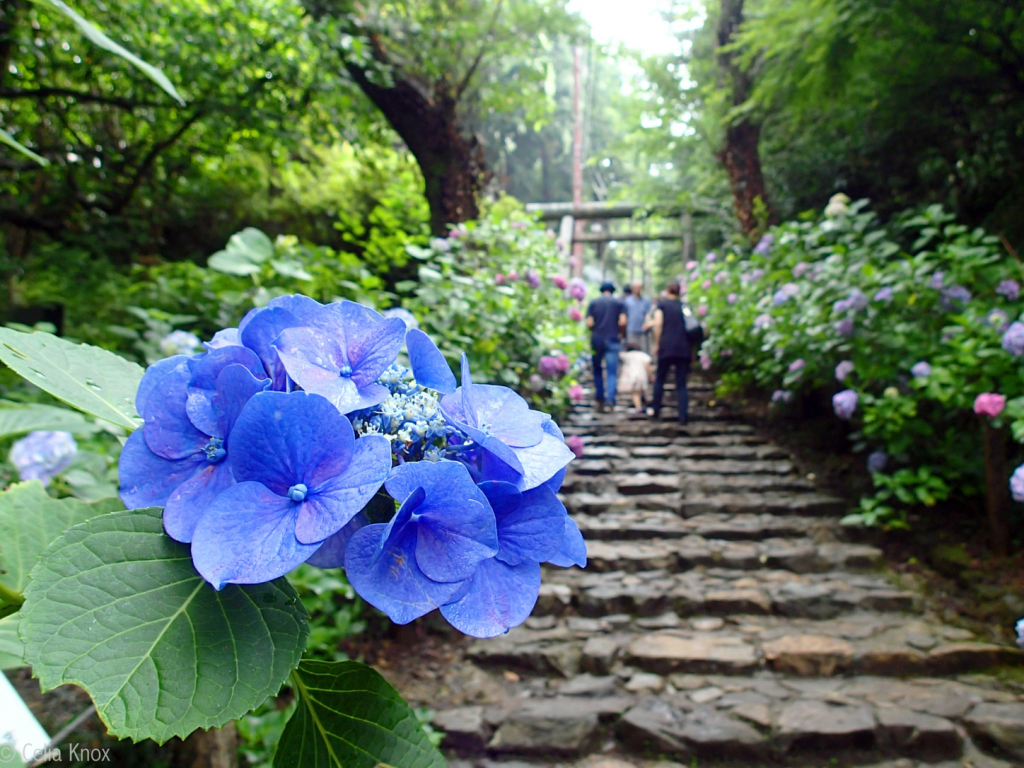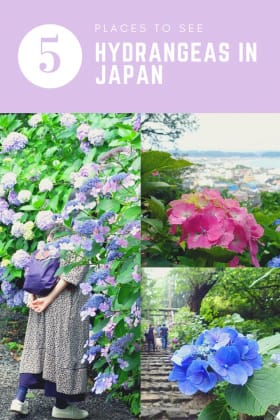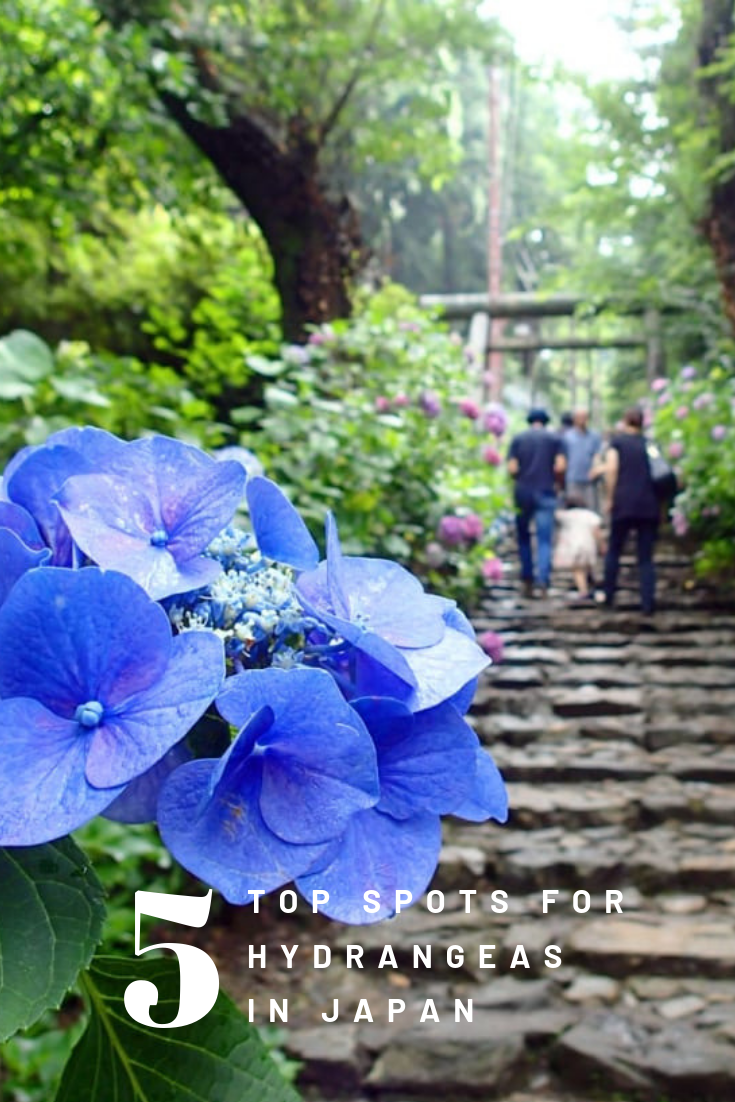The rainy season in Tokyo spans almost the entire month of June. For some people, the thought of battling crowds of umbrellas on a drizzly, humid day is enough to make them avoid going out altogether. But fear not — stray from Tokyo’s central area and you will be rewarded with magnificent, wide-open spaces splashed with every color under the rainbow. Put your rain boots on and head to these five spots in or near Tokyo which are known for their stunning gardens bursting with Japan’s rainy season flower: the hydrangea.
We also have a Tokyo hydrangea roundup for more flower fun.
1. Takahata Fudoson Kongoji Temple (Tokyo)
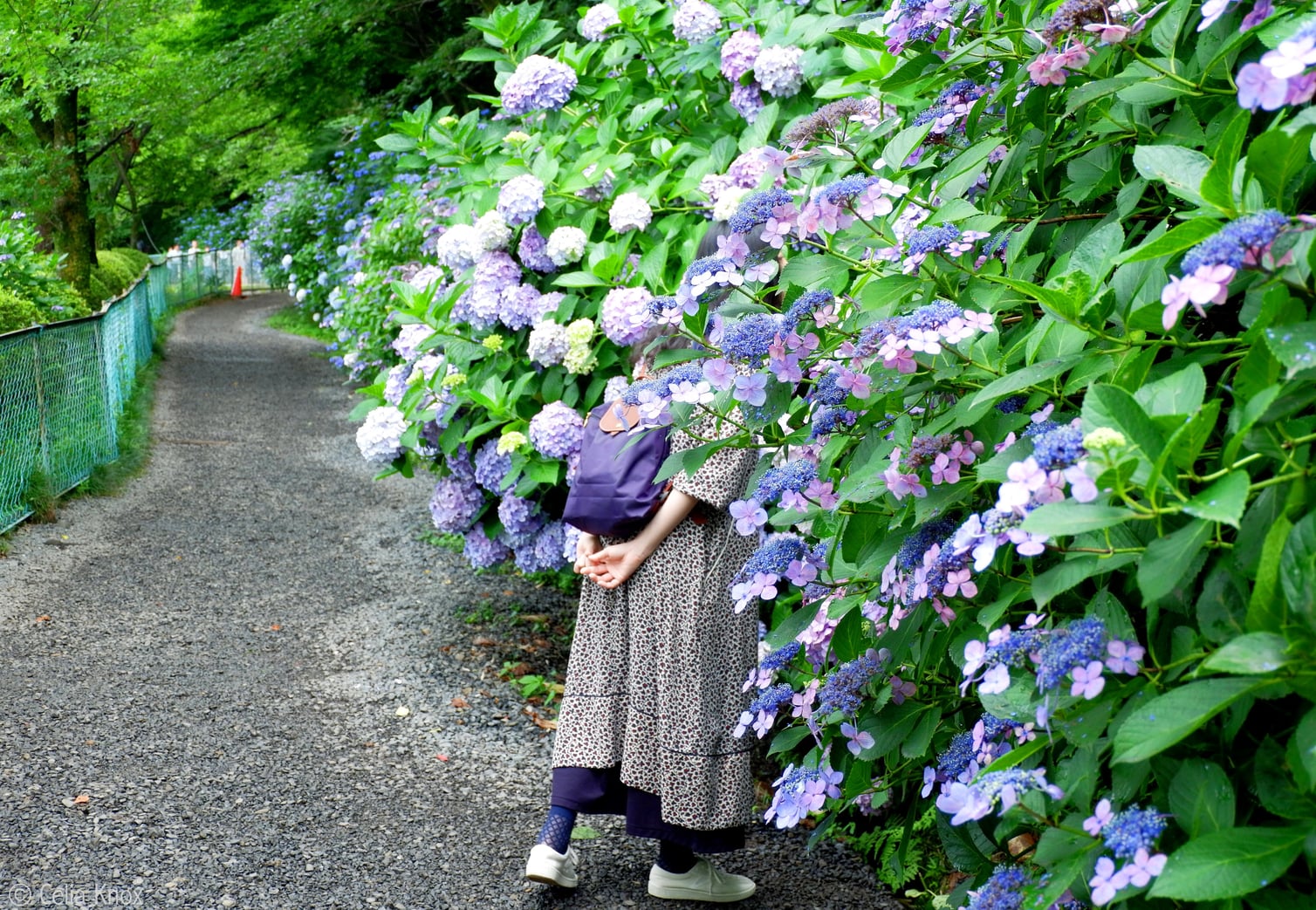
The city of Hino on the western side of the Tokyo Metropolis is home to the historical and culturally important Takahata-Fudoson Kongoji Temple. According to ancient records, the temple was founded in the 8th century. It was originally built into the mountainside but has been at its current location at the foot of the mountain since 1342. Thanks to its location on the outskirts of Tokyo, it remained untouched during WWII and much of the temple is now designated as National Cultural Important Properties.
Popular during the New Year period in January and the Setsubun bean-throwing festival in February, the temple also draws nature-loving crowds in June when its forested hillside of hydrangeas explodes into a colorful mass. Scattered throughout the forest are also 88 jizo statues, inspired by the Shikoku 88-temple pilgrimage. With the sounds of monks chanting in the main hall, you can do your own mini-pilgrimage through this hydrangea forest.
Where: Hino, Tokyo Prefecture
Access: 5-minute walk from Takahatafudo Station (Keio Line). Map
Entrance: Free
2. Meigetsuin Temple (Kamakura)
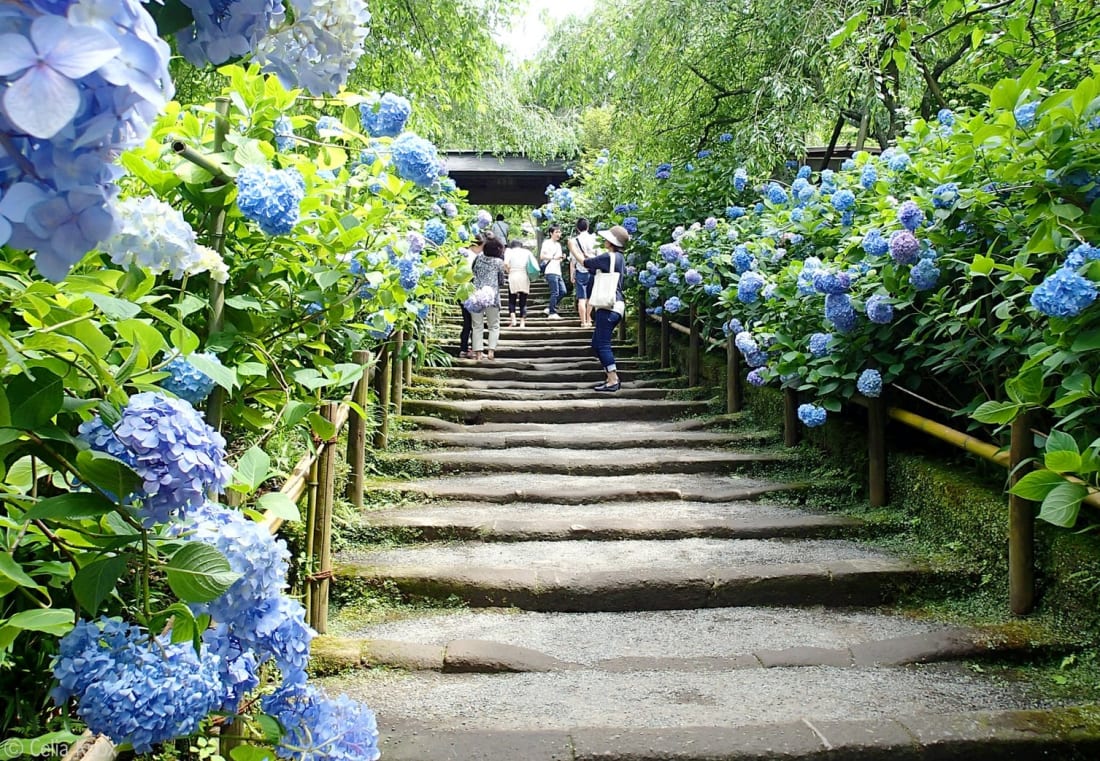
Regardless if you have been to Kamakura, Meigetsuin is likely a temple you have seen before. The stairway at the center of the temple grounds is one of the most photographed hydrangea gardens in the country, earning it the nickname Ajisai-dera (hydrangea temple). Flanked either side by clusters of blue and purple against a lush green backdrop, the stone steps lead visitors up towards the main temple building and to another recognizable feature of Meigetsuin: the famous round window which offers a glimpse of the inner garden behind the main building.
This exclusive area is open to the public only twice a year, when the irises bloom in spring and when the momiji (maple trees) turn red in autumn. The hydrangeas are spread out along the stairway as well as around the grounds. To the right side is a bamboo forest and to the left is a moss-covered wooden gate that leads to a tea house. Meigetsuin is becoming more and more popular each year, so early mornings are the best time to avoid the crowds.
Where: Kamakura, Kanagawa Prefecture
Access: 10-minute walk from Kita-Kamakura Station (Yokosuka Line). Map
Entrance: ¥500 in June
3. Hase-dera Temple (Kamakura)
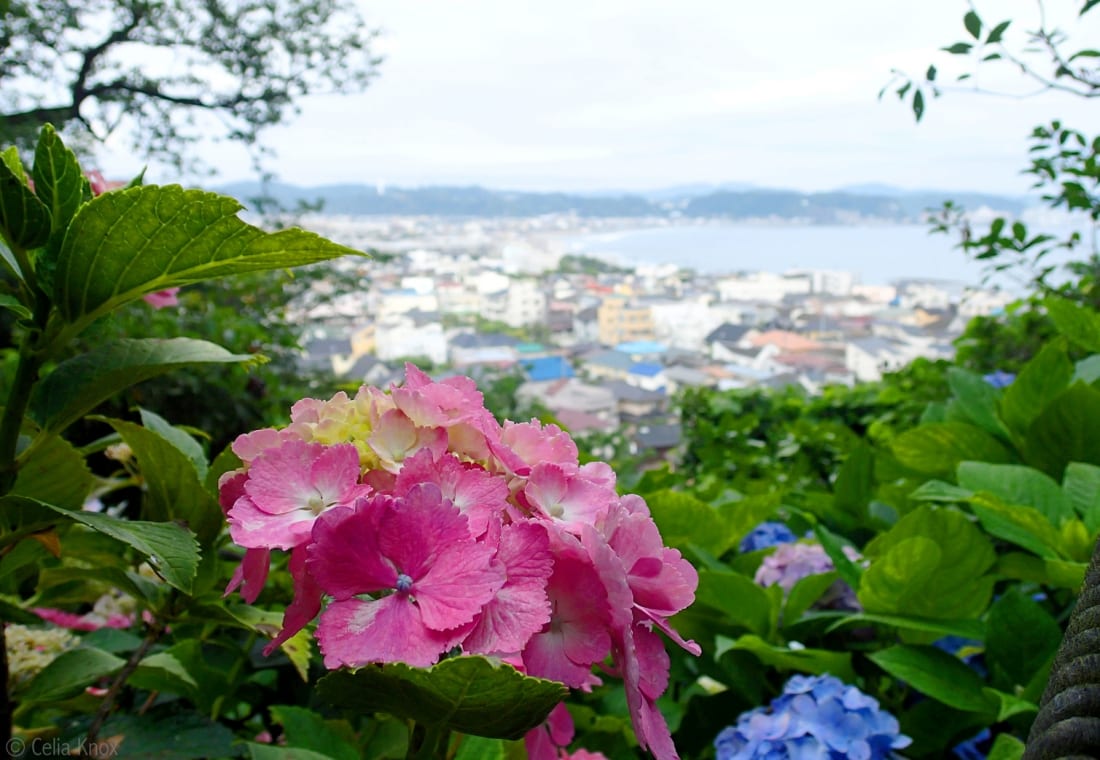
Located on the way to the Great Buddha statue, Hase-dera is one of the most famous temples in Kamakura. During busy periods, only a certain number of visitors are allowed in at one time, so it’s common to have to wait anything up to three hours. But for those who do enter, a beautiful temple and garden await.
The main drawcard of the temple is an 11-headed statue of the Goddess of Mercy that is said to have been carved from a camphor tree in Nara in 721 AD. After being thrown into the sea, it apparently washed up on the shore near Kamakura, and Hase-dera was erected in honor of it. Behind the temple buildings is a hillside garden of 2,500 beautiful hydrangeas. Visitors can follow the paths past flowers of all colors and shapes, and also get a picturesque view of the seaside town and Sagami Bay below.
Where: Kamakura, Kanagawa Prefecture
Access: 5-minute walk from Hase Station (Enoden Line). Map
Entrance: ¥300
4. Hattori Farm Hydrangea House (Mobara)
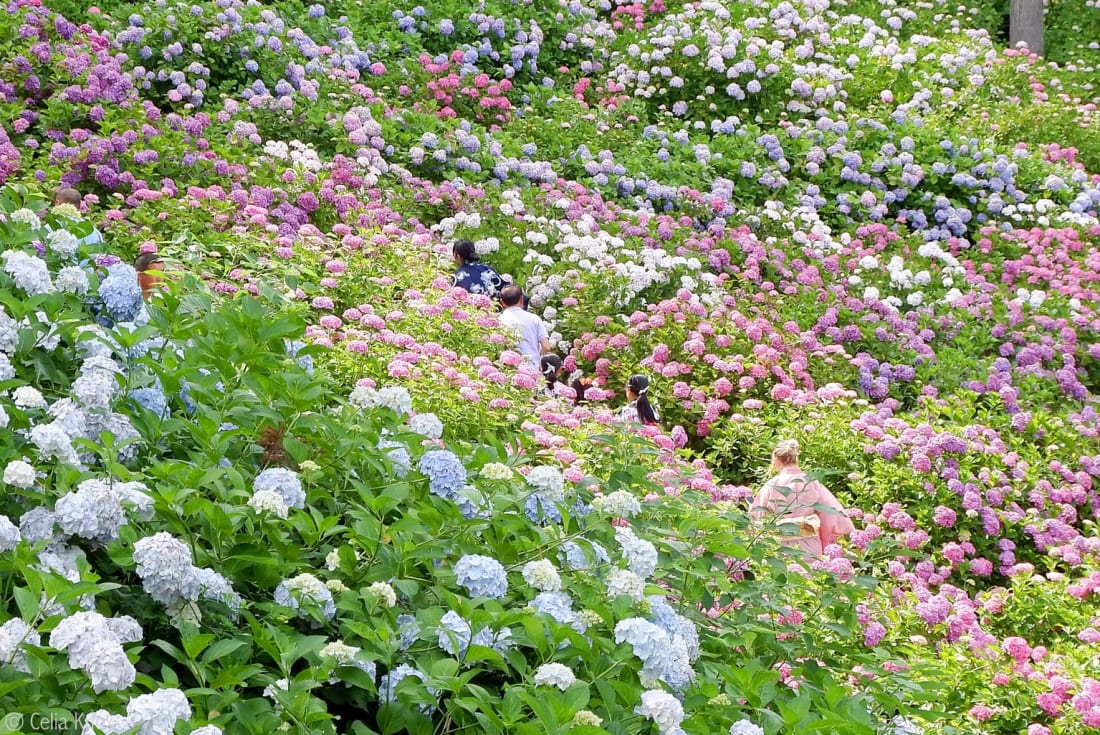
Known as Hattori-noen Ajisai-yashiki in Japanese, this unassuming house amid the farming lands of Mobara features a jaw-dropping landscape garden. Since the early 1990s, each June the owners have opened their doors to let the public experience the splendor of 300 varieties of hydrangeas. Covering an entire hillside around the house and up to the wooded ridgeline, more than 10,000 shrubs create a spectacular wall of blues, purples, reds, pinks and whites.
A labyrinth of steep paths and stairs gives visitors a view of the garden from all angles, and two shelters offer a place to rest and enjoy being completely surrounded by hydrangeas. At the entrance, visitors can buy locally grown fruits and vegetables and rare hydrangea-related products like hydrangea namagashi sweets. Ajisai-yashiki is a lesser-known sightseeing destination, making it a great spot for those wanting to go off the beaten path.
Where: Mobara, Chiba Prefecture
Access: 10-minute taxi from Mobara Station (JR Wakashio Line). Map
Entrance: ¥500
5. Ohirasan Shrine (Tochigi)
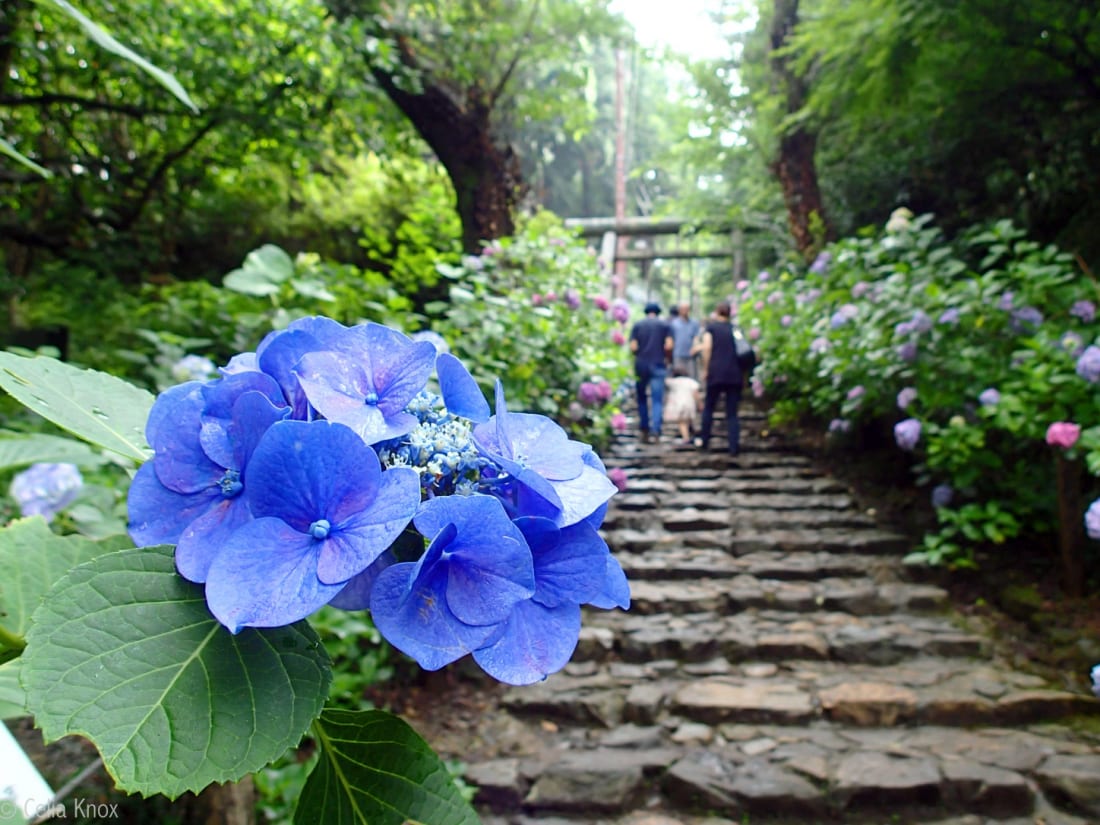
Nestled in a dense forest on the outskirts of Tochigi city is Ohirasan Shrine. Leading up to the mountaintop shrine is a stairway of 1,000 steps made of stone taken from the mountain itself. Getting to the top is no mean feat, but the 2,500 hydrangeas that were planted by the local Lions Club in 1974 make the climb very worthwhile. The stairs on the aptly named “hydrangea slope” lead through a misty forest, passing by giant cypress trees and through stone torii gates. Along the way, a tea house marked by a traditional red umbrella provides some much-needed respite. The hydrangeas here bloom a little later than those in Tokyo, so the end of June typically tends to be the best time to go.
Where: Tochigi, Tochigi Prefecture
Access: 15-minute bus from Tochigi Station (JR Ryomo and Tobu Nikko Line). Map
Entrance: Free

